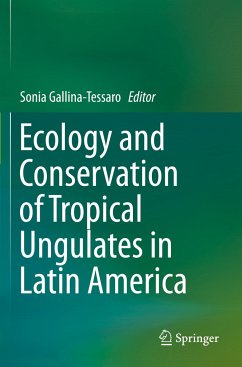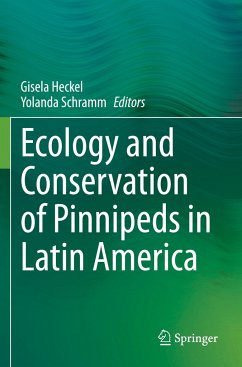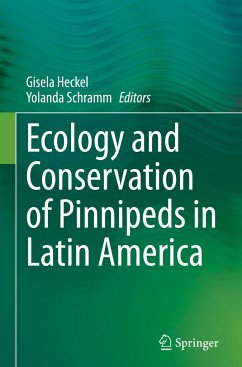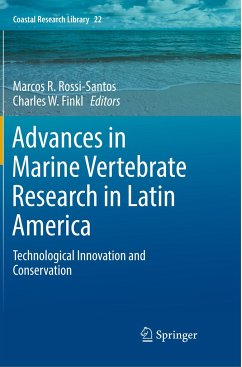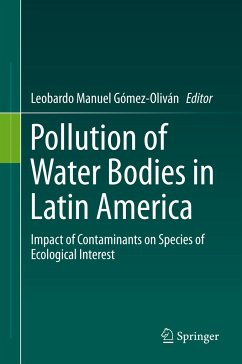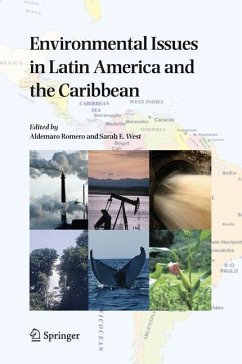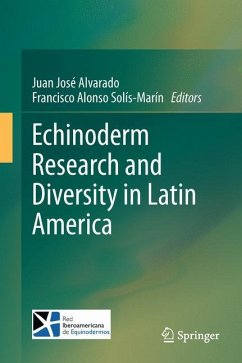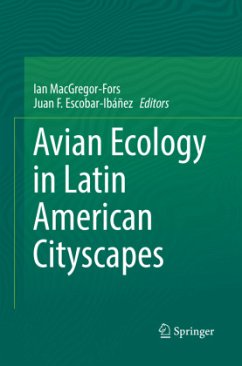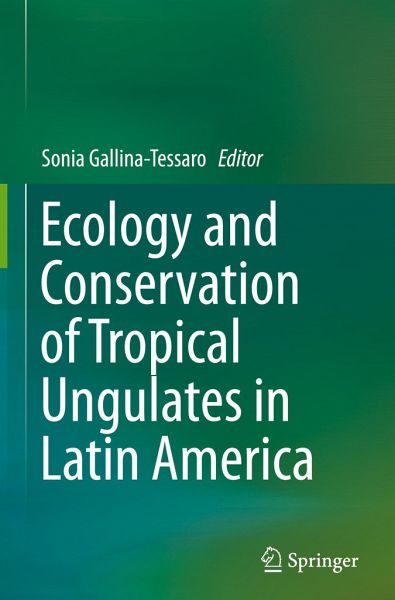
Ecology and Conservation of Tropical Ungulates in Latin America

PAYBACK Punkte
38 °P sammeln!
This book brings together the latest information on tropical ungulates in different Latin American countries. These animals are not only important from the point of view of their role in different ecosystems, but also have cultural value for people. The book also discusses topics such as habitat transformation and hunting as these species are an important source of food in many places. Addressing ungulate natural communities in diverse ecosystems and countries, the book provides information on specific aspects of each of the most representative species, and highlights topics to help readers be...
This book brings together the latest information on tropical ungulates in different Latin American countries. These animals are not only important from the point of view of their role in different ecosystems, but also have cultural value for people. The book also discusses topics such as habitat transformation and hunting as these species are an important source of food in many places. Addressing ungulate natural communities in diverse ecosystems and countries, the book provides information on specific aspects of each of the most representative species, and highlights topics to help readers better understand these species and develop effective management and conservation strategies. The information presented also reveals the need for more knowledge and will hopefully provide the incentive for continued studies on this important group of animals. This publication serves as a reference for academic research on ungulate ecology, behavior and dynamics, as well as the basis for conservationstrategies.





